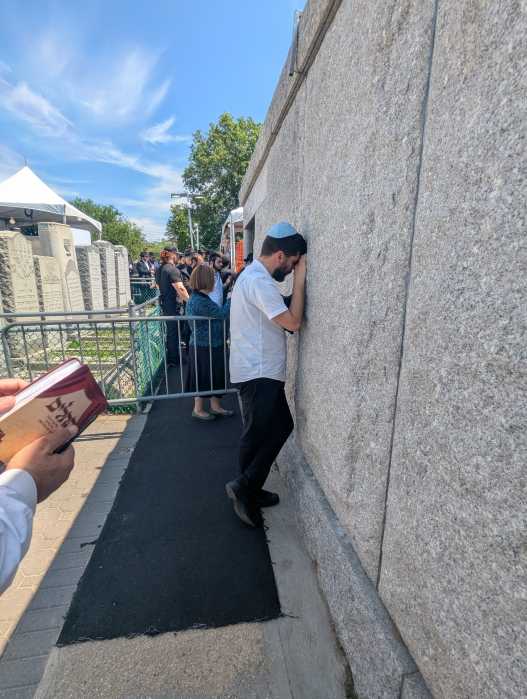BY Albert Amateau
With environmental reviews of major land-use changes by New York University in Greenwich Village and by Trinity Real Estate in Hudson Square coming up this year, neighborhood activists filled a Community Board 2 forum last week to get information — and to get ready for battle.
Robert Kulekowski, executive director of the Mayor’s Office of Environmental Coordination, told the crowd at the February 22 meeting how to make sure their own concerns are considered in neighborhood-changing projects proposed by institutions, real estate developers or the government.
The meeting in the St. Anthony Church hall, at Sullivan and Houston Streets, was not specifically about any single project. But many in the audience were concerned about the N.Y.U. 2031 plan for the university superblocks between LaGuardia Place and Mercer Street from West Third to Houston Streets. Others were concerned about Trinity’s proposal to rezone about 19 blocks from Canal to Houston Streets between Greenwich Street and Sixth Avenue to allow residential development. Still others were anticipating zoning and land-use changes in the bankrupt St. Vincent’s Hospital property between 11th and 12th Streets from Seventh to Sixth Avenues.
The complex and highly politicized review processes for major projects and land-use changes likely to impact the affected neighborhoods begin with an environmental assessment statement (E.A.S.) that could lead to an environmental impact statement (E.I.S.).
If an E.A.S. determines that a project is likely to have one or more impacts, an E.I.S. study is required, which includes an all-important public scoping meeting where individuals, associations and agencies like community boards may testify about their concerns.
“The crucial part of an E.I.S. is the scoping meeting where a lead agency receives comments and is required to consider them,” Kulekowski said. The scoping session record is left open for 30 days to allow detailed written comment on what people believe should be in an E.I.S.
Jo Hamilton, C.B.2 chairperson, told the meeting the board intends to study all scoping documents in order to comment on all potential impacts of projects in the board’s district.
But Kulekowski warned that if the lead agency issues an E.A.S. with a negative declaration — a finding of no significant impact — there would be no E.I.S. scoping session and, “there is almost no opportunity for the public to be involved.” He added, however, that an Article 78 lawsuit is available where a plaintiff could go to court to say the negative declaration was arbitrary and violated the law.
An E.I.S., likely to take several months to complete and weighing in at 2,000 pages or more, must also include one or more alternatives, as well as estimating environmental impacts of the project in question. In addition to a “no-build” alternative, other alternatives suggested at the scoping session could be included and could turn out to modify or even replace the original project, Kulekowski said. An alternate site or borders of a project, alternate size and alternate technology are among the possibilities, he said.
Hamilton said C.B. 2’s testimony at any E.I.S. scoping session would suggest alternatives that try to address neighborhood concerns.
Nevertheless, even if an E.I.S. finds there are major negative impacts that cannot be mitigated adequately, the lead agency could determine that the benefits outweigh the disadvantages and approve the project, he said.
However, the city’s uniform land use review procedure (ULURP) for a project, which always follows an E.I.S., would go before the City Council for final approval, where political pressure could sink it.
“But plaintiffs can always sue under Article 78,” Kulekowski noted.
The Mayor’s Office of Environmental Coordination administers the City Environmental Quality Review Act, or C.E.Q.R.A., that sets out E.I.S. ground rules. An outline of the rules is online at www.nyc.gov/html/oec/html/ceqr/basics.shtml.

































